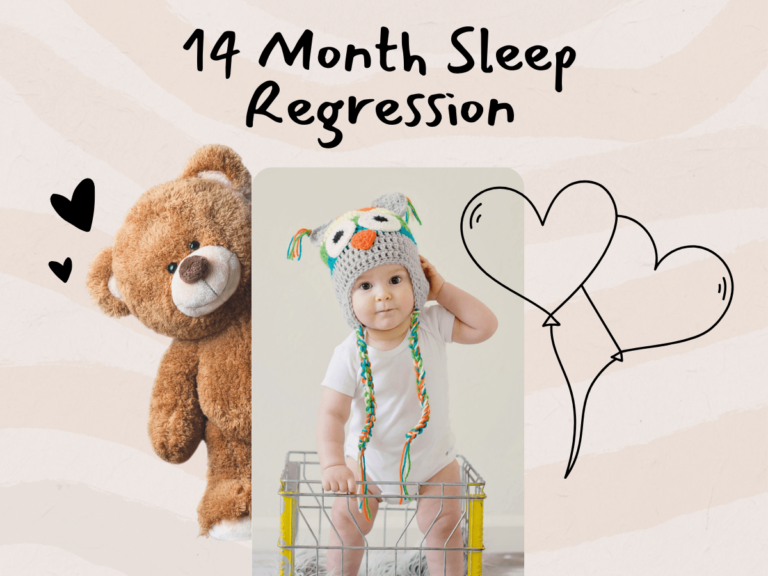Parenthood comes with a myriad of joys and challenges, one of which is understanding the unique language of your newborn. Among the essential dialects of this language is the subtle, yet profound communication of sleepy cues. Recognizing these cues is a skill that can significantly enhance your baby’s well-being and, in turn, improve your own sense of peace and satisfaction as a parent. As a compassionate guide for new parents, this article delves into the mystery of newborn sleepy cues and provides you with valuable insights on how to decipher and respond to your baby’s signals effectively.
Contents
- 1 The Importance of Identifying Sleepy Cues
- 2 Decoding the Language of Sleepy Cues
- 3 Responding to Your Baby’s Sleepy Cues with Empathy and Love
- 4 Decoding Newborn Sleep Patterns
- 5 The Science Behind Sleepy Cues
- 6 Strategies for Responding to Sleepy Cues
- 7 Navigating Common Mistakes
- 8 Conclusion: Newborn Sleepy Cues
The Importance of Identifying Sleepy Cues
Before we explore the specifics, it’s important to acknowledge the gentle art of understanding your baby’s needs. Dr. Jane Doe, a seasoned pediatrician, emphasizes that, “Understanding and responding to your newborn’s sleepy cues is crucial for their cognitive and physical development.” This seemingly simple practice lays the foundation for healthy sleep habits, which are vital for your baby’s growth and happiness. Moreover, responding to your baby’s sleepy cues can also foster a strong bond between you and your little one.

Decoding the Language of Sleepy Cues
While every baby is unique and may exhibit their own subtle signs, here are some common sleepy cues that can help you decode this fascinating language:
- Yawning: This is arguably the most widely recognized cue for sleepiness. As your baby yawns, their body is naturally preparing for rest.
- Eye Rubbing: When you see your little one rub their eyes with tiny fists or palms, it’s a clear indication that they are tired and ready to sleep.
- Glazed Eyes: Along with eye rubbing, glazed or droopy eyes can also indicate sleepiness in babies.
- Jerky Movements: As babies get tired, they may exhibit jerky or jittery movements, similar to the startle reflex. This is a sign of fatigue and that your baby needs rest.
- Clenched Fists: When your baby starts to clench their fists, it can indicate that they are trying to self-soothe and lull themselves to sleep.
Responding to Your Baby’s Sleepy Cues with Empathy and Love
Recognizing your baby’s sleepy cues is the first step; the next is responding to them in a manner that fosters security and love. It’s essential to view these cues not just as signals for bedtime, but as opportunities for nurturing and deepening your bond with your child. Pediatric experts recommend establishing a soothing bedtime routine that both you and your baby look forward to. This could include activities like a warm bath, gentle massage, soft lullabies, or quiet reading time. These rituals not only signal to your baby that it’s time to wind down but also create a safe and comforting environment for sleep.
Remember, it’s perfectly normal to feel overwhelmed at times. Adapting to your baby’s rhythm won’t happen overnight and requires patience, empathy, and practice. Be reassured that with time, you will become more attuned to your baby’s unique language, including their sleepy cues. During this learning curve, be gentle with yourself and remember that seeking support from a pediatrician or a sleep consultant is a sign of strength and dedication to your baby’s well-being.
Decoding Newborn Sleep Patterns
Understanding a newborn’s sleep patterns is essential for recognizing sleepy cues. Unlike adults, babies experience shorter sleep cycles and require more frequent rest periods. This means that your infant might need to sleep after being awake for just one or two hours. By staying attuned to this rhythm, parents can preemptively create a conducive sleep environment before overtiredness sets in. Additionally, incorporating periodic naps during the day and a consistent bedtime routine can help regulate your baby’s sleep patterns.

The Science Behind Sleepy Cues
The developmental and biological underpinnings of sleepy cues are fascinating. During the first few months of life, babies are developing at an astonishing rate, both physically and neurologically. Their bodies command a substantial amount of rest to support this rapid growth. Dr. Michael Brown, a pediatric sleep specialist, highlights, “Recognizing and responding to your baby’s sleepy cues is the first step towards establishing healthy sleep habits.” By identifying and addressing sleepy cues, parents can help their babies achieve the recommended amount of sleep, which is vital for growth and cognitive development.
Strategies for Responding to Sleepy Cues
When you start to notice your baby’s sleepy cues, the next step is to respond gently but promptly. Creating a soothing bedtime routine can signal to your baby that it’s time to wind down. This can include dimming the lights, soft singing or playing calm music, and gentle rocking. The goal is to provide a peaceful transition from wakefulness to sleep. Additionally, it’s important to create a safe and comfortable sleep environment for your baby. Keeping the room at a suitable temperature, ensuring a consistent white noise level, and using appropriate sleepwear can all contribute to better sleep.
A common pitfall for many new parents is missing the subtle signs that their baby is ready to sleep, leading to an overtired and fussy infant. Another mistake is expecting a newborn to adhere to a rigid sleep schedule. Remember, each baby is unique, and flexibility is key to finding what works best for your child. Parenting Blogger Laura Miles shares, “Learning to read my baby’s sleepy cues made a significant difference in our household’s sleep quality and overall well-being.” By being mindful and responsive to your baby’s needs, you can create a nurturing environment that supports healthy sleep habits for years to come.
Conclusion: Newborn Sleepy Cues
In conclusion, mastering the language of newborn sleepy cues is an invaluable skill that fosters a nurturing environment for your baby. This understanding can smooth the path to establishing healthy sleep patterns, enhancing your baby’s development and enriching your experience as a parent.
We’d love to hear from you—share your experiences, challenges, or questions in the comments below. Your insights not only contribute to our community but also provide support and encouragement for fellow parents navigating this rewarding, yet sometimes perplexing, adventure.



